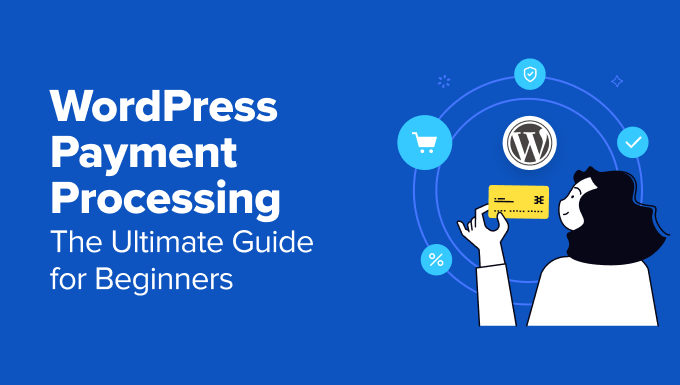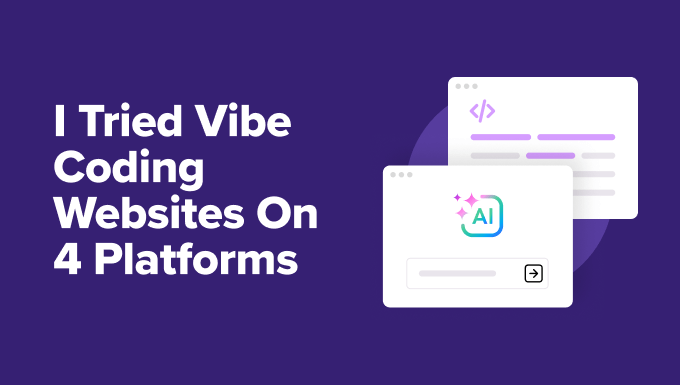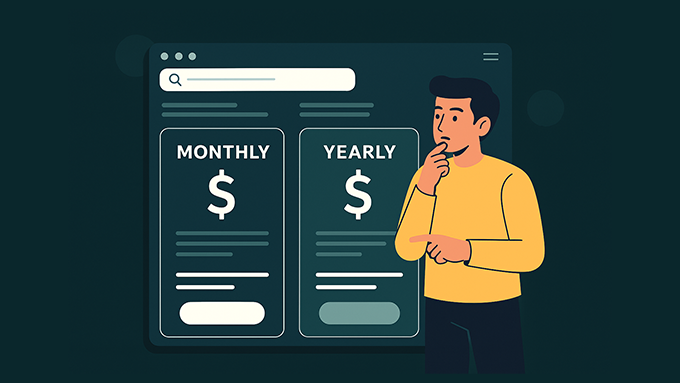In ecommerce, personalization is crucial for strengthening the bond between customers and brands. It enhances marketing efforts, encouraging repeat purchases and higher spending.
Personalized strategies can boost revenue by 40%. By 2025, 49% of marketers will focus their budgets on personalization. Effective personalization goes beyond using names and emails.
This article explores using behavioral data and automation to create personalized, relevant experiences without being intrusive, while scaling marketing efforts efficiently.
Whether refining campaigns or strategies, these tactics, case studies, and trends will enhance brand engagement and revenue.
71% of consumers expect personalization to meet their needs proactively. They desire understanding of their preferences and value delivery.
Traditional data includes names, emails, birthdays, and purchase histories. New data intelligence analyzes website and purchase engagement to leverage real-time behavior signals and preferences.
For Brodo, a direct-to-consumer broth brand, personalization was key to converting first-time buyers into loyal customers. By using Klaviyo and Woo, Brodo implemented behavior-based flows that increased revenue from email and SMS by 293%.
Overall, 60% of CMOs and marketers foresee a rise in AI tool investments, as AI predicts optimal times for product suggestions.
To succeed in personalization, avoid these five mistakes:
- Over-personalization: Avoid intrusive messaging; ensure it’s helpful.
- Data silos: Integrate data across platforms to prevent customer confusion.
- One-size-fits-all automation: Tailor messaging to audience nuances.
- Neglecting testing: Regularly test strategies for optimal performance.
- Ignoring privacy signals: Respect customer data preferences.
To advance personalization:
Use customer behavior data and predictive analytics to anticipate needs by monitoring web page time, product categories, and search terms.
Engagement rhythms reveal optimal email opening times, preferred channels, and engaging content.
Purchase cycles indicate product buying frequency, aiding in understanding seasonal behaviors, especially for beauty and cleaning brands.
Intelligent anticipation identifies preferred message types, such as product tips, reminders, or promotions.
Customers expect relevant personalization
Consumers expect relevant product or service recommendations, and using predictive analytics correctly benefits them.
An example is Force of Nature, a planet-friendly cleaner. They used behavioral data to predict optimal outreach times for specific products, achieving 140% year-over-year growth in automated flow revenue.
With Klaviyo AI, use profile information, location, and predicted values to create personalized, automated messages. Schedule messages for key moments, like purchase reminders after cart abandonment.
How hyper should hyper-personalization be?
Balance knowing enough and knowing too much. Customers appreciate valuable data use but dislike unrelated personal references.
Privacy regulations and AI advancements enable relevant experiences without compromising privacy. AI identifies major life transitions to deliver resonant experiences.
Personalization can be daunting, but Klaviyo for WooCommerce optimizes data, marketing, and customer experiences.
Boost customer loyalty and order value with these best practices:
- Provide relevant product recommendations: Match products to recent purchases.
- Engage with dynamic content blocks: Personalize emails based on purchase history, lifecycle, or location.
- Offer strategic incentives: Tailor offers to shopping habits.
- Use behavioral segmentation: Group consumers by shopper type for tailored messages.
- Get specific with location targeting: Customize messaging based on weather, time zones, or regional events.






